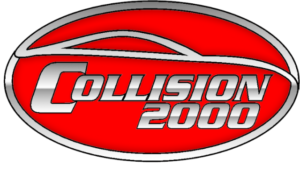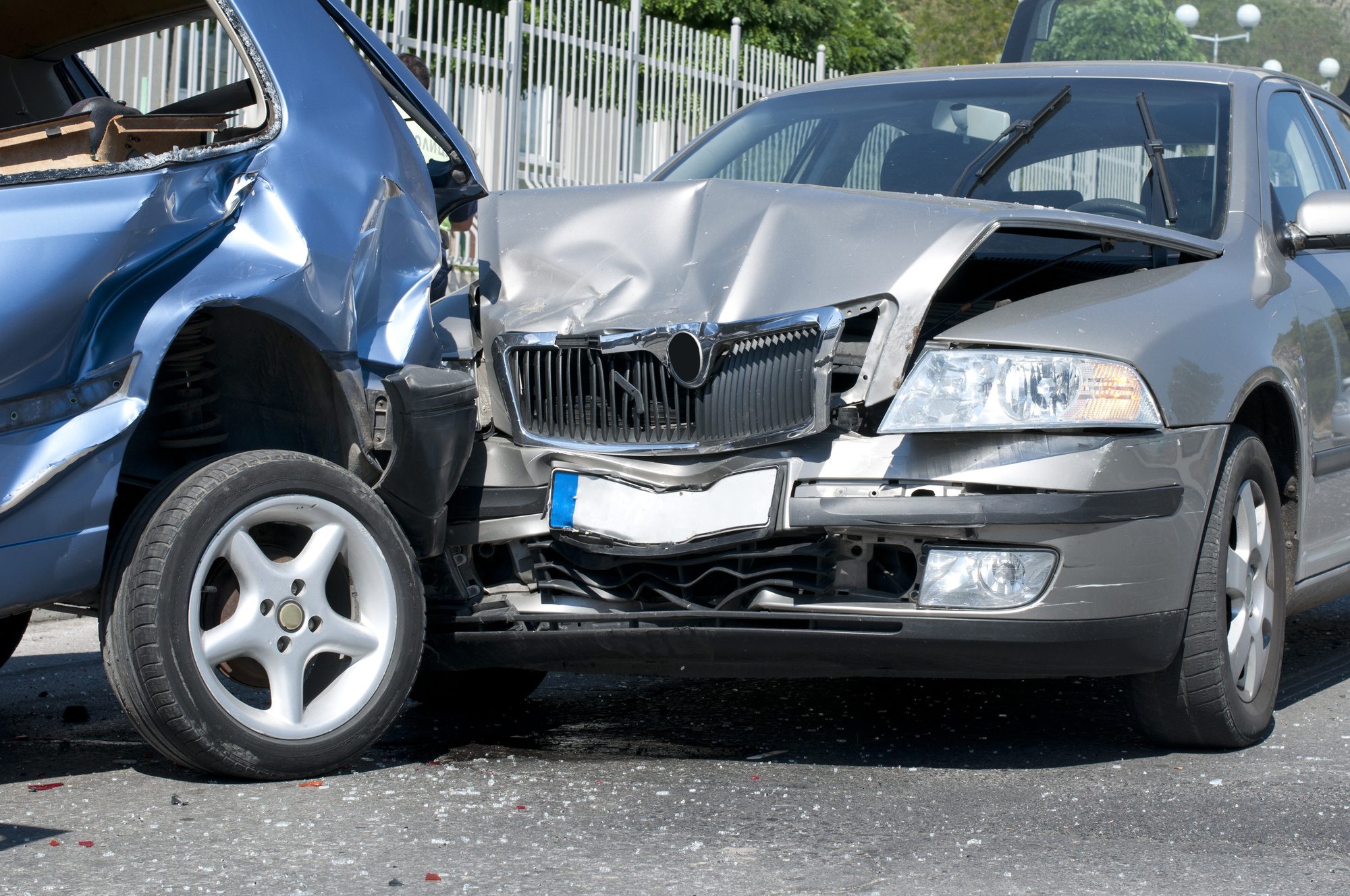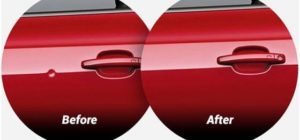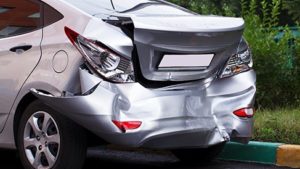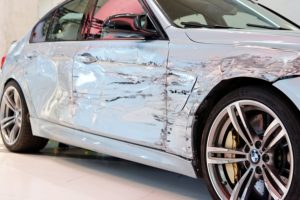Rear-end collisions are one of the worst kinds of auto accidents. You’re sitting at an intersection or stuck in stop-and-go traffic, minding your own business. The next thing you know you hear a horribly loud noise and someone slams into you from behind. Your car gets violently shoved forward, and if the accident is severe enough your driver-side airbag may deploy.
If this happens to you, don’t panic. Instead, take a deep breath, remain calm, and then do the following.
Check for injuries.
Always check to see if anyone is hurt, even in minor rear-end fender benders. Even when properly buckled up, you can still suffer whiplash and other internal injuries from the force of the collision. Check yourself first and then any passengers in your car. If anyone is hurt, determine the severity of the injury and call for medical assistance, if necessary.
Call the police to report the accident.
Even if the damage from the reared collision is minor, call the police. They are the ones who provide a written accident report, which is important because it documents when, where, and how the accident happened. The police also play a key role in determining who is at fault in the accident.
If the other driver is at fault the police report validates your insurance claim for damages to your vehicle. More important, you may not realize you have an injury until a day or two after the accident. The accident report is also essential to substantiate other claims. Always make sure you get a copy of the report.
Document the scene of the accident.
These days, the best way is to take photos or videos with your phone. However, it’s also important to describe the accident in written form – what you were doing when the other driver hit you and how it occurred. It’s important to do this as soon as possible. If you have whiplash or suffer a blow to the head, you may not remember things correctly the next day. Your written information will also help the insurance companies settle any claims.
Exchange information with the other driver.
Here’s where staying cool and calm helps. It’s a lot easier to exchange contact information in a friendly manner, especially if you’re angry at the person for smashing into you from behind. Be sure to get the following information (at least):
- Name of the driver
- Address and phone
- Driver’s license number
- License plate number
- Owner of the vehicle
Contact your insurance company.
Both insurance companies should be notified after the accident, especially if someone is injured. However, your job is to contact your insurance company and let them get in touch with the other driver’s carrier. Be prepared to present your carrier with the police report (if available), photos or videos, and your written description.
Conduct a follow-up injury check.
In rear-end collisions, it’s not uncommon to feel fine immediately after the accident but experience pain and soreness the next day. In fact, this frequently occurs in the neck and chest areas due to the sudden forward and backward forces applied to the body during forceful collisions. If you experience pain anywhere on the day after the accident, see your doctor to have it checked out.
Tips for Avoiding Rear-End Collisions
The best way to avoid rear-end collisions is to keep a safe zone in front and back of your car at all times. To create a “space cushion” for safety:
- Follow at a safe distance while driving. The general rule of thumb is one car length for every 10 miles per hour. Increase this distance when driving on slippery roads.
- Don’t stop too close to the car in front of you at an intersection or stop sign. Leave a safety zone to minimize the impact in case a car from behind pushes you into the car in front.
- Avoid distracted driving.
- Stay alert for slowing traffic ahead of the car directly in front of you.
- Avoid hard braking. Instead, slow to a stop at stop signs and stoplights.
- Regularly check your brake lights and turn signals to make sure they’re working.
